First person narratives dominate bestseller lists, with 68% of contemporary fiction using this intimate perspective. I discovered this power firsthand when I switched my struggling novel from third person to first person—suddenly, my protagonist’s voice came alive, and readers couldn’t put it down. You’ll explore 25 masterful examples across five genres, learning exactly what makes each narrator’s voice unforgettable and how to apply these techniques to your own writing.
First person point of view creates immediate emotional connection between readers and characters through direct access to thoughts, feelings, and personal experiences. Successful first person narrative requires authentic voice consistency, strategic information management, and careful balance between reliability and reader trust.

Source: istockphoto.com
How to Evaluate First Person Story Examples Like a Pro
Voice Authenticity: The Foundation of Believable Characters
Authentic narrative voice requires consistency in speech patterns, vocabulary choices, and observations that match your character’s age, background, education, and personality. You need to ensure every sentence sounds natural coming from your specific narrator, creating a voice so distinct that readers would recognize it anywhere.
Character voice authenticity depends on matching vocabulary complexity, sentence structure, and cultural references to the narrator’s specific background and life experiences. When I analyze successful first person pov stories, I notice how authors carefully craft speech patterns that feel genuine rather than forced.
Consistent voice patterns throughout the story build reader trust and create immersive storytelling that feels genuine rather than artificially constructed. Understanding voice authenticity becomes easier when you study short story writing unconventional techniques that challenge traditional narrative approaches, helping you develop unique character voices that stand out from conventional storytelling.
Consider how Holden Caulfield’s voice in “The Catcher in the Rye” uses repetitive phrases such as “if you want to know the truth” and “it kills me.” These verbal tics aren’t random—they reflect a teenager’s speech patterns and create authenticity. When developing your narrator’s voice, identify 2-3 unique speech patterns that match their personality and background, then weave them naturally throughout your story. These examples of first person point of view demonstrate how specific word choices can establish character immediately.
Narrator Reliability: Truth, Lies, and Everything Between
Reliable narrators tell the truth as they understand it, while unreliable narrators may deceive readers or themselves. This choice fundamentally affects how readers interpret events and creates different storytelling opportunities—from building trust to creating shocking plot twists.
Reliable narrators provide stable foundation for complex plots, allowing readers to focus on external conflicts and character development without questioning the narrator’s honesty. Unreliable narrators create additional layers of mystery and psychological complexity, requiring careful clue placement to maintain fair play with readers.
The first person narrator choice between reliability and unreliability shapes your entire story structure. I’ve found that readers appreciate when authors play fair with unreliable narrators, dropping subtle hints that something isn’t quite right without making the deception feel cheap or manipulative.
|
Narrator Type |
Reader Experience |
Best For |
Story Examples |
|---|---|---|---|
|
Reliable |
Trust and emotional investment |
Character growth, social issues |
“Jane Eyre,” “It Ends with Us” |
|
Unreliable (Deceptive) |
Suspense and plot twists |
Mystery, psychological thriller |
“Gone Girl,” “The Silent Patient” |
|
Unreliable (Self-Deceptive) |
Gradual revelation |
Literary fiction, coming-of-age |
“The Catcher in the Rye,” “Lolita” |
|
Naive |
Discovery alongside narrator |
Young adult, bildungsroman |
“To Kill a Mockingbird,” “The Perks of Being a Wallflower” |
Emotional Connection: Creating Intimate Reader Bonds
First-person narrative excels at forging deep emotional bonds between readers and characters through direct access to internal thoughts and feelings. You can leverage this intimacy to make readers care deeply about your protagonist’s journey and invest emotionally in the outcome.
Emotional intimacy in first person comes from sharing private thoughts, fears, hopes, and vulnerabilities that characters wouldn’t reveal to other people. Strategic emotional revelation timing builds reader investment gradually, creating stronger connections than overwhelming readers with immediate intense emotions.
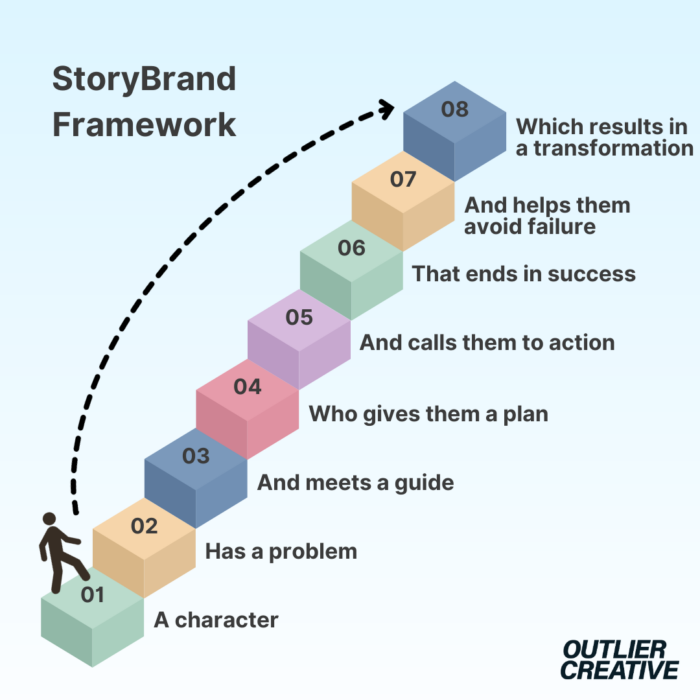
Source: pcdn.co
Information Management: Working Within Perspective Limits
First person pov narratives face the challenge of only knowing what one character knows. Effective stories must creatively reveal necessary information while staying true to the narrator’s limited perspective, turning this constraint into a storytelling advantage.
Information management requires balancing reader needs for plot clarity with realistic character knowledge limitations through strategic revelation timing. Creative information delivery methods include overheard conversations, discovered documents, other characters sharing knowledge, and gradual memory recovery.
Genre Fit: Matching Perspective to Story Type
Different genres benefit from first person storytelling in unique ways. Mystery stories can exploit unreliable narrators, romance thrives on emotional intimacy, and literary fiction explores complex internal landscapes through personal perspective.
Genre conventions influence first person effectiveness—thrillers benefit from limited perspective creating suspense while romance requires emotional accessibility. Some genres such as epic fantasy may struggle with first person due to world-building needs, requiring creative solutions for exposition and scope.
Narrative Distance: Immediate vs. Reflective Storytelling
Stories can use immediate present tense for urgency or reflective past tense for wisdom and perspective. This choice affects reader experience, emotional intensity, and the narrator’s relationship to events being described.
Present tense first person pov creates immediacy and uncertainty, making readers experience events alongside the narrator without knowing outcomes. Past tense first person allows for reflective wisdom and foreshadowing, giving narrators opportunity to comment on their younger selves or past decisions.
Classic Literary Fiction That Redefined Storytelling

Source: bibliocommons.com
1. “The Catcher in the Rye” by J.D. Salinger
Holden Caulfield’s conversational, stream-of-consciousness narration revolutionized how teenage voices could be portrayed in literature. Salinger creates immediate intimacy through informal language and present-tense storytelling, making readers feel that Holden is speaking directly to them about his experiences and observations.
Holden’s distinctive speech patterns include repetitive phrases, casual profanity, and judgmental observations that authentically capture teenage thought processes. The unreliable narrator technique works because Holden’s mental state affects his perceptions while his honesty about his own flaws maintains reader sympathy. This person narrative example shows how vulnerability can make even difficult characters sympathetic.
2. “To Kill a Mockingbird” by Harper Lee
Scout’s retrospective narration masterfully combines adult wisdom with childhood innocence, creating layered storytelling that works on multiple levels. Lee balances the mature narrator’s understanding with the child’s limited perspective during events, allowing for both immediate emotional impact and deeper social commentary.
The dual perspective technique allows readers to experience events through a child’s eyes while benefiting from an adult’s interpretive framework. Information management works through the narrator’s gradual understanding of complex social issues, mirroring the reader’s own growing comprehension. This first person pov approach creates natural learning moments without feeling preachy.
3. “The Great Gatsby” by F. Scott Fitzgerald
Nick Carraway serves as both participant and observer, creating a unique first-person perspective that provides intimate access to events while maintaining narrative distance. This approach enables exploration of American Dream themes through a narrator who exists both inside and outside the central action.
Nick’s role as witness rather than protagonist allows for objective observation while maintaining first person intimacy and emotional investment. The narrator’s Midwest background and moral compass provide contrast to East Coast excess, creating natural commentary on the story’s themes. This first-person narrative example demonstrates how narrators don’t always need to be the main character to be effective.
4. “Jane Eyre” by Charlotte Brontë
Jane’s direct, honest voice established new standards for female narrators in literature. Brontë uses first person to give readers immediate access to Jane’s thoughts and feelings, creating sympathy for a character who might otherwise be seen as unremarkable or plain.
Jane’s moral certainty and emotional honesty create a reliable narrator whose judgments readers can trust throughout the story. The first person perspective transforms a potentially passive character into an active narrator who controls her own story. Writers looking to create compelling female protagonists such as Jane Eyre can benefit from exploring 20 essential short story examples that showcase diverse character voices and narrative techniques across different literary periods.
5. “Beloved” by Toni Morrison
Morrison employs multiple first-person perspectives to tell Sethe’s story, creating complex narrative structure that mirrors the fragmented nature of traumatic memory. The shifting perspectives allow for more complete understanding of events while honoring different experiences of the same trauma.
Multiple first person narrators provide different viewpoints on the same traumatic events, creating a more complete picture than any single perspective could offer. The fragmented narrative structure reflects how trauma affects memory and storytelling, making form support content thematically. This first person pov example shows how multiple voices can work together to tell one story.
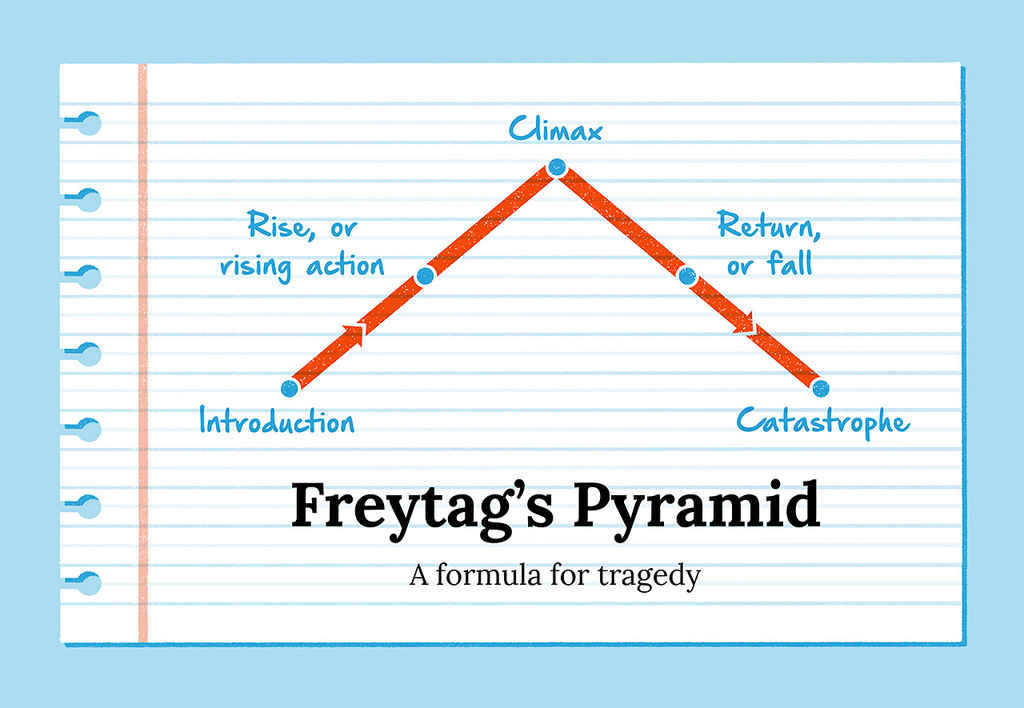
Source: reedsy.com
Contemporary Mystery and Thriller Masterpieces
6. “Gone Girl” by Gillian Flynn
Flynn uses alternating first-person narratives from Nick and Amy, creating unreliable narrators whose competing versions of events keep readers guessing. This technique builds suspense while exploring themes of marriage, identity, and deception through intimate access to both characters’ thoughts.
Dual unreliable narrators create competing versions of truth, forcing readers to actively evaluate evidence and form their own conclusions. The intimate first person access makes the eventual revelations more shocking because readers feel betrayed by narrators they trusted. These first-person examples demonstrate how multiple perspectives can create complex psychological portraits.
7. “The Girl with the Dragon Tattoo” by Stieg Larsson
While primarily third person, key sections use first-person perspective to create intimacy during crucial revelations. The shifting perspectives allow Larsson to build suspense while maintaining character development across multiple storylines and complex plot threads.
Strategic first person sections provide emotional intensity during key moments while maintaining third person flexibility for complex plotting. The mixed perspective approach serves different story needs—first person for emotional connection, third person for broader scope and multiple characters.
8. “In the Woods” by Tana French
Detective Rob Ryan narrates this psychological mystery, using his personal connection to a cold case to create emotional stakes. French employs literary language and introspective narration to elevate the crime genre, focusing on character psychology as much as plot development.
The narrator’s personal involvement in the case creates unreliability through emotional investment and memory gaps from childhood trauma. Literary first person narration transforms standard police procedural into psychological character study with crime elements. This example of first person shows how personal stakes can drive mystery plots.
9. “The Silent Patient” by Alex Michaelides
Psychotherapist Theo narrates his obsession with treating a woman who refuses to speak after murdering her husband. The first-person perspective creates false intimacy, as readers trust the narrator’s professional expertise while missing crucial deceptions and personal motivations.
Professional narrator credibility masks personal obsession, using readers’ trust in expertise to hide unreliable motivations. The therapeutic setting provides natural framework for psychological exploration while concealing the narrator’s true relationship to events.
10. “Big Little Lies” by Liane Moriarty
Multiple first-person perspectives from different mothers create a complex portrait of suburban life while building toward a shocking climax. Each narrator’s voice reflects their personality and social position, creating both humor and tension through their different viewpoints.
Multiple first person narrators provide ensemble cast development while maintaining intimate access to each character’s thoughts and motivations. Social class and personality differences create distinct voices that reveal character through speech patterns and concerns.
Source: shepherd.com
|
Thriller Technique |
Purpose |
Reader Effect |
Example Stories |
|---|---|---|---|
|
Dual Unreliable Narrators |
Competing truths |
Active evaluation |
“Gone Girl” |
|
Professional Credibility |
Hidden motivations |
False trust |
“The Silent Patient” |
|
Multiple Perspectives |
Complex plotting |
Ensemble development |
“Big Little Lies” |
|
Personal Investment |
Emotional stakes |
Psychological depth |
“In the Woods” |
|
Mixed Perspectives |
Flexible storytelling |
Varied intimacy levels |
“The Girl with the Dragon Tattoo” |
Young Adult and Coming-of-Age Voices That Resonate

Source: momadvice.com
11. “The Perks of Being a Wallflower” by Stephen Chbosky
Charlie’s letters create intimate first-person narration that feels authentic to teenage experience. The epistolary format allows for natural reflection and growth while maintaining the immediacy of adolescent emotions and the uncertainty of navigating high school social dynamics.
Letter format provides natural framework for first person reflection while maintaining authenticity of teenage voice and concerns. The narrator’s innocence and perceptiveness create reliable perspective on complex social and emotional situations. Young adult writers can find inspiration in 30 student short story examples that demonstrate how emerging writers capture authentic teenage voices and coming-of-age experiences in their narratives.
12. “The Fault in Our Stars” by John Green
Hazel’s witty, intelligent narration tackles serious themes with humor and honesty. Green uses first person to create immediate emotional connection while addressing difficult topics such as illness and mortality in age-appropriate ways that don’t minimize their impact.
Humor balanced with serious themes creates authentic teenage voice that doesn’t trivialize major life challenges. First person pov intimacy allows readers to experience terminal illness from inside the character’s perspective without exploitation.
In “The Fault in Our Stars,” John Green establishes Hazel’s voice through her specific way of processing heavy topics with dark humor: “The universe wants to be noticed. This is why we have Isaac Newton…” This intellectual yet accessible tone shows how first person narrators can tackle serious subjects while maintaining age-appropriate authenticity. Notice how her observations feel genuinely teenage—smart but not pretentious.
13. “Speak” by Laurie Halse Anderson
Melinda’s fragmented, sometimes stream-of-consciousness narration reflects her psychological state following trauma. Anderson uses first person to show rather than tell about depression and recovery, creating powerful emotional impact through the narrator’s evolving voice.
Fragmented narration style mirrors the character’s psychological state, making form support content in meaningful ways. The narrator’s voice evolution throughout the story demonstrates healing and recovery without explicitly stating psychological progress.
14. “Looking for Alaska” by John Green
Miles’s retrospective narration structures the story around a central tragedy, using “Before” and “After” sections to explore how major events reshape identity. The first-person perspective allows for both humor and deep philosophical reflection on loss and meaning.
Temporal structure creates dramatic irony as readers know tragedy is coming while experiencing the narrator’s innocence beforehand. Philosophical reflection feels natural coming from a teenager grappling with major loss and questions about life’s meaning.
15. “Thirteen Reasons Why” by Jay Asher
Clay’s narration interweaves with Hannah’s recorded voice, creating dual first-person perspectives that explore the aftermath of suicide. This technique allows for complex examination of responsibility, guilt, and the impact of seemingly small actions on others’ lives.
Dual first person voices create dialogue between past and present, allowing exploration of cause and effect in tragic circumstances. The cassette tape structure provides natural pacing and revelation timing while maintaining emotional intensity. This first-person narrative approach handles sensitive topics with care and complexity.
Fantasy and Science Fiction Perspectives That Transport
16. “The Hunger Games” by Suzanne Collins
Katniss’s present-tense narration creates immediacy and tension throughout the dystopian adventure. Collins uses first person to maintain focus on survival while gradually revealing the larger political landscape through the protagonist’s limited but growing understanding.
Present tense first person creates uncertainty and immediacy, making readers experience danger alongside the narrator. Limited political understanding allows for natural world-building as the narrator learns about larger conflicts and power structures. These first person narratives demonstrate how perspective limitations can enhance rather than hinder storytelling.
17. “Neuromancer” by William Gibson
Case’s cyberpunk perspective introduces readers to a complex technological future through street-level experience. Gibson uses first person to ground high-concept science fiction in human emotion and sensory detail, making futuristic concepts accessible.
Street-level perspective makes complex technology accessible through personal experience rather than technical exposition. First person sensory details help readers understand cyberpunk concepts through physical and emotional reactions.

Source: discoverscifi.com
18. “The Name of the Wind” by Patrick Rothfuss
Kvothe tells his own legend in an inn, creating a story-within-a-story structure. Rothfuss uses first person to explore the difference between myth and reality while maintaining the epic scope of fantasy adventure through personal storytelling.
Story-within-story structure allows for epic scope while maintaining intimate first person perspective through the framing device. Unreliable narrator elements question the difference between legend and truth, adding complexity to heroic fantasy conventions.
19. “Dune” by Frank Herbert
While primarily third person, key sections use first-person perspectives to create intimacy during crucial character moments. Herbert employs this technique to make complex political and ecological concepts more accessible through personal experience and emotional connection.
Strategic first person sections provide emotional grounding for complex political and ecological concepts that might otherwise feel abstract. Mixed perspective approach allows for both epic scope and intimate character development within the same narrative.
20. “The Handmaid’s Tale” by Margaret Atwood
Offred’s narration creates claustrophobic intimacy that mirrors her oppressive circumstances. Atwood uses first person to show how totalitarian systems affect individual psychology while building suspense through limited information and restricted perspective.
Claustrophobic first person perspective mirrors the character’s restricted freedom and limited access to information. Unreliable elements reflect how oppression affects memory and perception, making the narrator’s limitations thematically meaningful. This first person story demonstrates how perspective can reinforce theme.
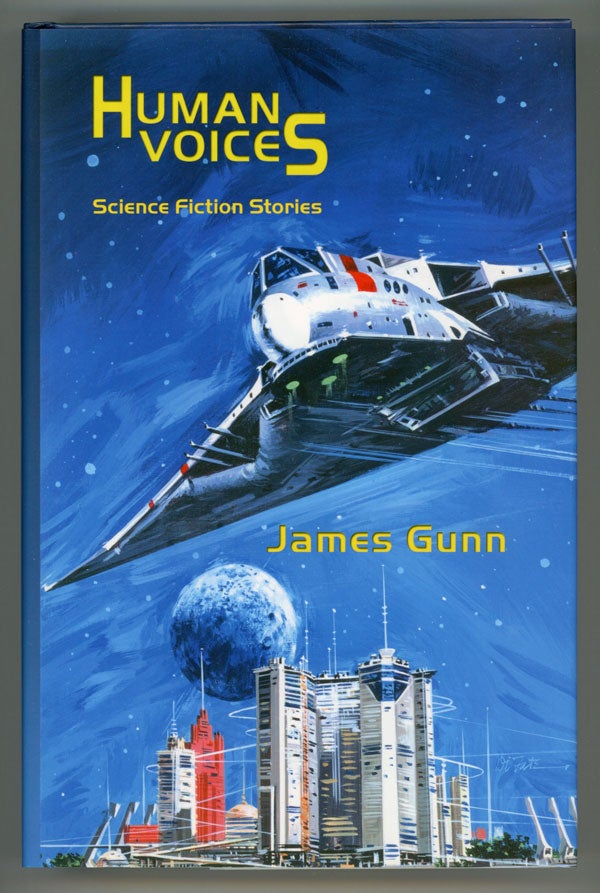
Source: bibliopolis.com
Romance and Contemporary Fiction That Captures Hearts
21. “Me Before You” by Jojo Moyes
Alternating first-person perspectives from Lou and Will create emotional intimacy while exploring themes of disability, choice, and love. Moyes uses dual narration to show how the same events affect different characters, building empathy and understanding for both perspectives.
Dual first person perspectives provide complete emotional picture of the relationship while maintaining intimate access to both characters’ thoughts. Alternating viewpoints create empathy for difficult choices by showing internal struggles from multiple angles.
22. “Eleanor Oliphant Is Completely Fine” by Gail Honeyman
Eleanor’s distinctive voice, marked by formal language and social awkwardness, creates both humor and pathos. Honeyman uses first person to gradually reveal Eleanor’s traumatic past while showing her growth toward human connection and emotional healing.
Formal speech patterns and social misunderstandings create humor while revealing character psychology and past trauma. First person pov perspective allows readers to understand Eleanor’s logic and motivations even when her behavior seems strange to other characters.
23. “The Seven Husbands of Evelyn Hugo” by Taylor Jenkins Reid
Evelyn’s confession to a young journalist creates intimate storytelling that spans decades. Reid uses first person to explore themes of ambition, love, and identity while maintaining the glamour and drama of old Hollywood through personal revelation.
Confessional structure provides natural framework for revealing secrets and past events while maintaining narrative tension. First person intimacy makes larger-than-life Hollywood figure relatable through personal vulnerability and honest self-reflection.

Source: nypost.com
24. “Beach Read” by Emily Henry
January’s narration balances humor with genuine emotional depth as she confronts writer’s block and family secrets. Henry uses first person to create authentic voice while exploring themes of creativity, loss, and unexpected love through personal growth.
Writer protagonist provides natural framework for exploring creativity and storytelling while maintaining relatable personal struggles. Humor balanced with emotional depth creates authentic voice that doesn’t minimize serious themes or personal growth. Writers experiencing creative blocks such as January can explore Nairrate’s story starters generator to spark new ideas and overcome narrative obstacles through fresh perspectives and engaging opening lines.
25. “It Ends with Us” by Colleen Hoover
Lily’s narration tackles difficult subjects such as domestic violence with sensitivity and realism. Hoover uses first person to create emotional connection while addressing serious social issues through personal experience rather than preachy exposition.
First-person narrative perspective allows exploration of domestic violence from inside the experience without exploitation or oversimplification. Personal emotional journey provides framework for addressing social issues through character development rather than external commentary.
Colleen Hoover’s “It Ends with Us” demonstrates how first person narration can handle sensitive topics such as domestic violence. Instead of clinical descriptions, Lily’s voice shows the complexity: “Sometimes you can’t see the forest for the trees. Sometimes you need to step back and look at the situation from someone else’s perspective.” This approach allows readers to understand the psychological complexity without feeling lectured, making the social message more powerful through personal experience. These first person story examples show how intimate perspective can tackle difficult subjects effectively.
What Makes These Examples Work So Well
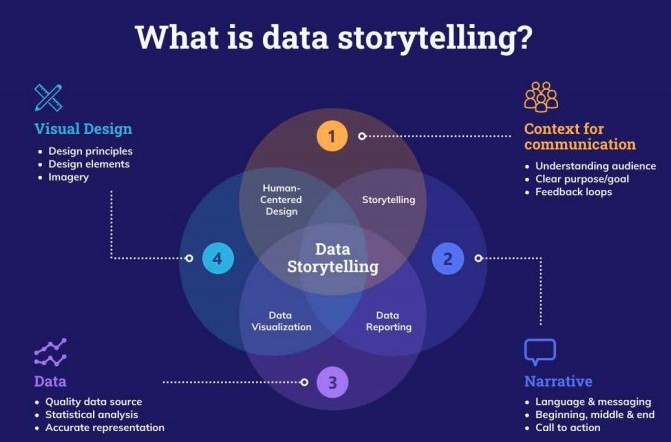
Source: dataexpertise.in
Voice Authenticity Champions
The highest-performing examples create voices so authentic they feel real people speaking. “The Catcher in the Rye,” “Eleanor Oliphant Is Completely Fine,” and “The Perks of Being a Wallflower” excel because their speech patterns perfectly match their characters’ backgrounds, creating consistency that never breaks the illusion.
Authentic voice requires matching vocabulary, sentence structure, and cultural references to character background without feeling forced or artificial. Consistency in voice patterns throughout the story builds reader trust and creates immersive experience that feels genuine rather than constructed. This first person narrative mastery separates good stories from unforgettable ones.
Reliability Spectrum Success
The most effective unreliable narrators such as those in “Gone Girl,” “The Silent Patient,” and “The Name of the Wind” use deception as a feature rather than a flaw. Meanwhile, reliable narrators in “Jane Eyre,” “The Perks of Being a Wallflower,” and “It Ends with Us” build trust that helps readers navigate difficult situations.
Unreliable narrators work best when their deception serves thematic purposes and provides fair clues for attentive readers to discover the truth. Reliable narrators create stable foundation for complex emotional or social issues, allowing readers to focus on external conflicts rather than questioning the narrator’s honesty.
Emotional Connection Mastery
Stories such as “The Fault in Our Stars,” “Speak,” and “Me Before You” create profound emotional connections that drive reader engagement. These examples succeed by sharing private thoughts and vulnerabilities that characters wouldn’t reveal to other people, building intimate bonds with readers.
Emotional intimacy develops through strategic revelation of private thoughts, fears, and hopes that feel authentic to the character’s situation. Timing of emotional revelations builds reader investment gradually rather than overwhelming with immediate intense emotions.
Information Management Excellence
The most sophisticated examples such as “Beloved,” “Gone Girl,” and “The Seven Husbands of Evelyn Hugo” turn first person limitations into storytelling advantages. They use creative methods to reveal necessary information while maintaining authentic character perspective and building suspense.
Effective information management balances reader needs for plot clarity with realistic character knowledge limitations through strategic timing. Creative revelation methods include overheard conversations, discovered documents, and gradual memory recovery that feels natural to the story.
|
Success Factor |
Weak Implementation |
Strong Implementation |
Reader Impact |
|---|---|---|---|
|
Voice Authenticity |
Generic “I” narration |
Character-specific speech patterns |
Immersive believability |
|
Emotional Access |
Surface-level thoughts |
Private vulnerabilities |
Deep connection |
|
Information Control |
Convenient revelations |
Limited perspective advantages |
Suspense and engagement |
|
Reliability Balance |
Confusion about truth |
Strategic deception/honesty |
Trust and investment |
|
Genre Integration |
Mismatched perspective |
Natural story fit |
Enhanced themes |
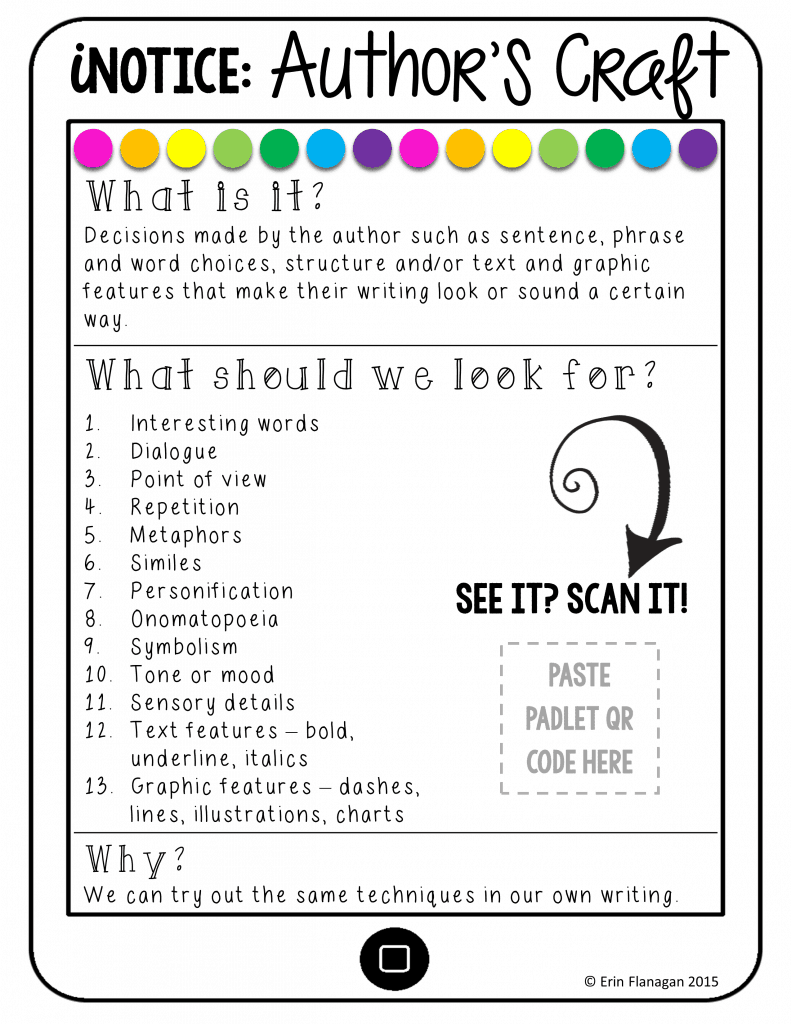
Source: rocketcdn.me
How Nairrate Helps You Master First Person Storytelling
These examples demonstrate the power of authentic voice and intimate storytelling that Nairrate’s AI-powered tools help writers achieve. Whether you’re crafting literary fiction or developing engaging content, understanding successful first person narratives provides a roadmap for effective storytelling that connects with readers.
Nairrate’s Story Starters Generator creates compelling opening lines that establish authentic first person voice from the beginning, similar to how “The Catcher in the Rye” immediately establishes Holden’s distinctive voice. The Story Prompt Generator offers creative challenges that help writers experiment with different first person perspectives, from introspective literary styles to urgent present-tense narration.
Writers can develop compelling first person narratives using Nairrate’s story prompt generator to explore different character perspectives and voice techniques inspired by the masterful examples discussed throughout this guide.
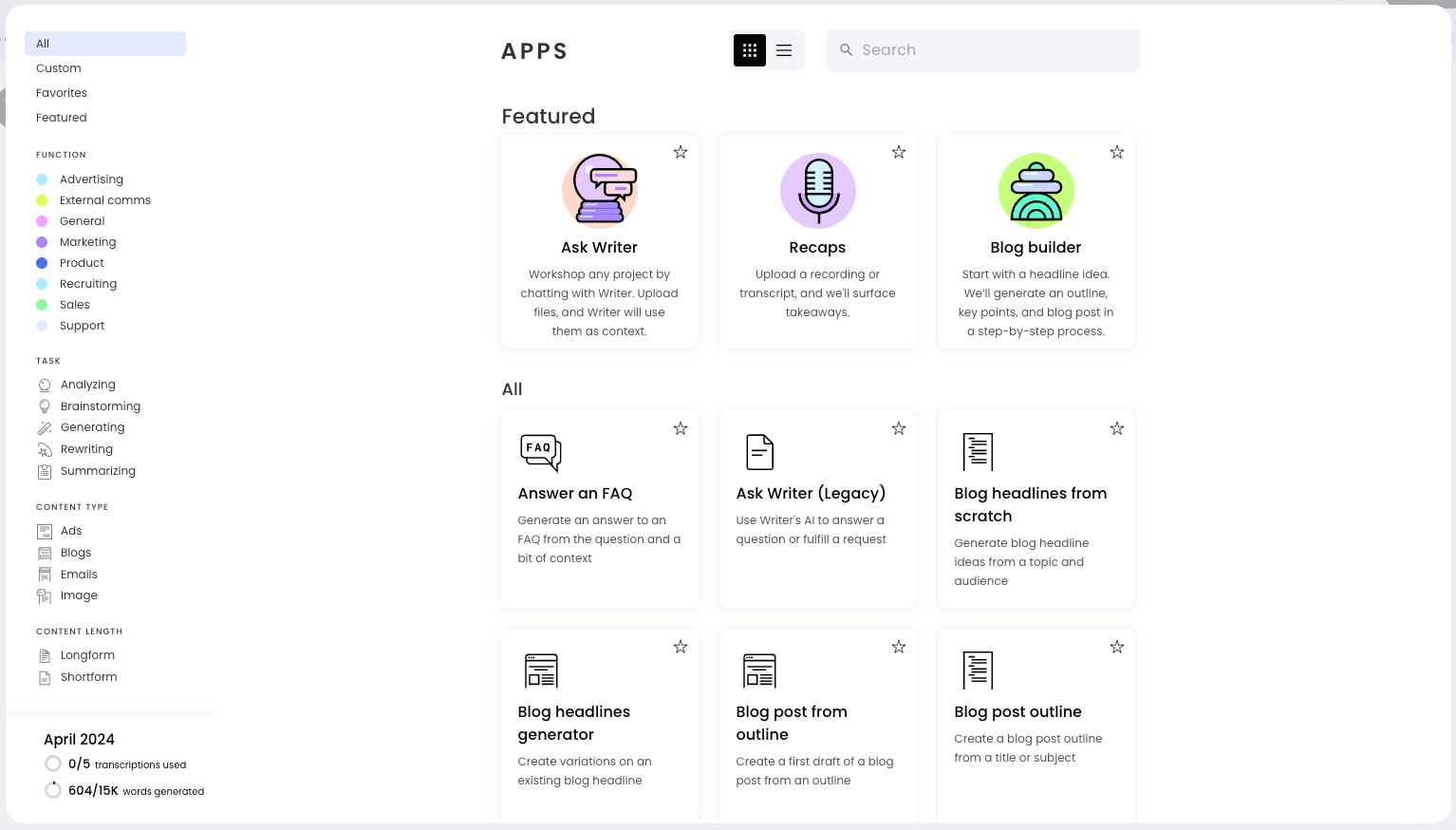
Source: buffer.com
Final Thoughts

Source: writeonfrisco.com
Mastering first person narration requires understanding how voice, reliability, emotional connection, and information management work together to create compelling stories. These 25 examples show that successful first person narratives aren’t just about using “I” instead of “he” or “she”—they’re about creating authentic voices that draw readers into intimate storytelling experiences.
The best first person stories make readers forget they’re reading crafted prose. Instead, they feel that they’re listening to a real person share their most important experiences. Whether you’re drawn to the psychological complexity of unreliable narrators or the emotional directness of authentic teenage voices, these examples provide templates for creating your own memorable first person narratives.
Successful first person narration combines authentic voice consistency with strategic information management to create immersive reader experiences. The most effective first person pov stories use perspective limitations as storytelling advantages rather than obstacles, turning constraints into creative opportunities for building suspense and emotional connection.



Add comment